English Heritage sites near Broughton East Parish
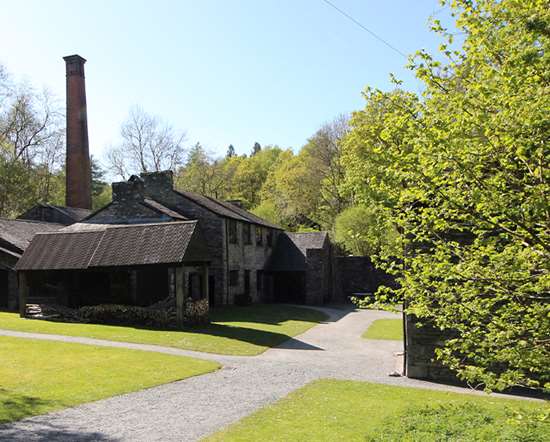
STOTT PARK BOBBIN MILL
5 miles from Broughton East Parish
In the Lake District in Cumbria, this extensive working mill was begun in 1835 to produce the wooden bobbins vital to the Lancashire spinning and weaving industries.
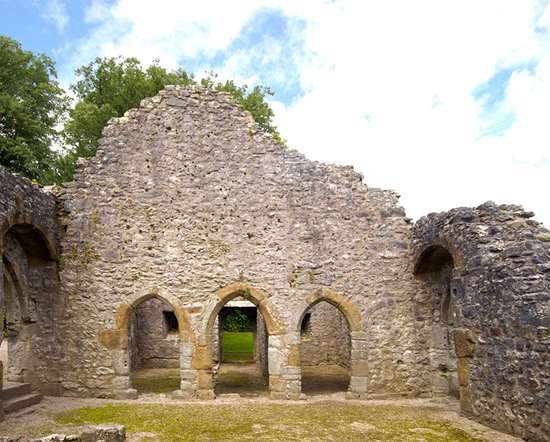
WARTON OLD RECTORY
9 miles from Broughton East Parish
A rare survival of a large 14th-century stone house with great hall and chambers. It served as a residence and courthouse for the wealthy and powerful rectors of Warton.
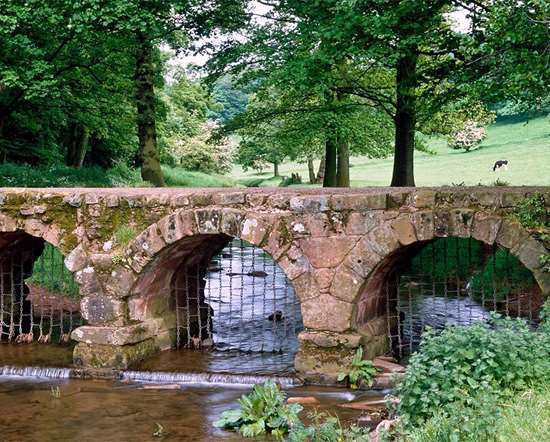
BOW BRIDGE
12 miles from Broughton East Parish
This narrow 15th-century stone bridge across Mill Beck carried an old packhorse route to nearby Furness Abbey.
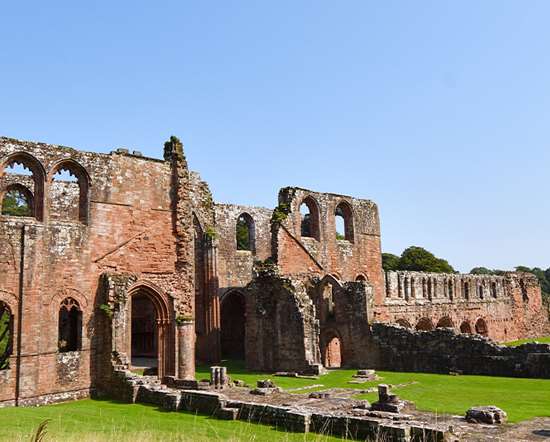
FURNESS ABBEY
12 miles from Broughton East Parish
The remains of an abbey founded by Stephen, later King of England, including much of the east end and west tower of the church, ornately decorated chapter house and cloister buildings.
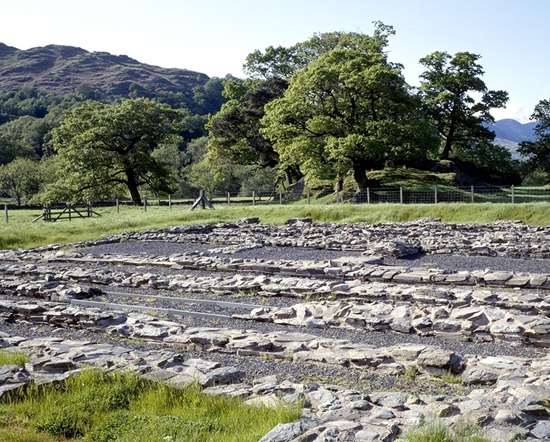
AMBLESIDE ROMAN FORT
14 miles from Broughton East Parish
The well-marked remains of a 2nd-century fort with large granaries, probably built under Hadrian's rule to guard the Roman road from Brougham to Ravenglass and act as a supply base.
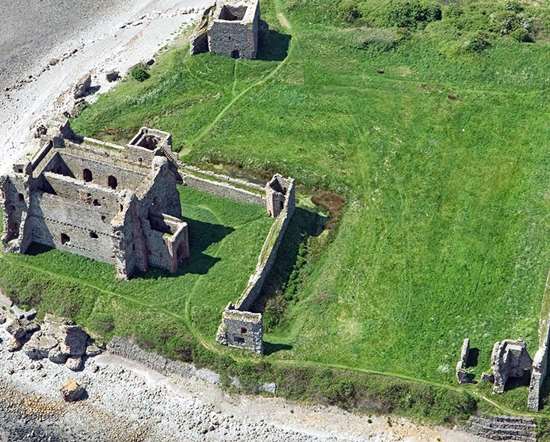
PIEL CASTLE
14 miles from Broughton East Parish
The impressive ruins of a 14th-century castle with a massive keep, inner and outer baileys, and towered curtain walls still standing.
Churches in Broughton East Parish
St Peter's Field Broughton

Field Broughton
Grange over Sands
Cumbria
https://www.spfb.org.uk
Communiy and Church
The Church and the Churchyard have been well maintained over the generations and within the Parish there is a sense of place and feeling of ownership. It is our church, our graveyard and many people lend a willing hand and money, to keep it that way even though some are rarely seen at services. The focal point of strong social activity is the Friends of St Peter’s whose fund raising events are important for both the Church and the Parish Rooms and do much to further the sense of belonging.
Worship
Tradition is central to worship; visitors are warmly welcomed, and the mix of services means that most people find something suitable. Sunday services feature BCP and CW Communion, BCP Matins and Service of The Word. There are no regular weekday services. Annually the Patronal Day is celebrated, as are Harvest, Carol and Crib Services. On Good Friday there is usually a devotional service. While the Crib service does attract some families with children, as do other festivals, we are certainly lacking in young members of the congregation. Many families have children who are almost grown up, but we want to attract new younger families.
Congregation
There are 75 people on the Electoral Roll and some 20 - 35 people regularly attend services, with an average Sunday attendance being about 20. There is a high degree of lay participation in the services, with 9 sidesmen who prepare the church, 9 lesson readers, 4 intercessors and 5 people licensed to assist with the chalice. There are plenty of volunteers for coffee making, church cleaning, flower arranging etc. We are particularly keen to join in worship with children and families: the congregation is usually of an ‘advanced age’ but tend to think of themselves as ‘elders’ rather than elderly!
The church
St Peter’s Church, designed by Paley, Austin and Paley of Lancaster and constructed in 1894, is considered by English Heritage and The Victorian Society as one of the finest examples of the decorated style of architecture with its warm red sandstone and, unusual in this area, red roof tiles and distinctive shingled spire. Inside the roof is lined in oak and some of the beams are carved, with a barrel roof over the altar. The beautiful east window was designed by C E Kempe and depicts our Lord’s Passion. The organ, by Foster and Andrews of Hull, is considered to be a remarkably fine instrument for such a small church. There are three fonts, two of which came from the old Chapel of Ease to Cartmel Priory previously on this site. More recently, the vestry of this Grade II* listed building has been modified to include a small kitchen, disabled toilet, and storage facility. A loop sound system has been installed.
Location
The parish of Field Broughton is part of the Cartmel Peninsular team ministry and is Cartmel parish’s northerly neighbour, 2½ miles from Saint Mary and Saint Michael Cartmel.
This very rural parish is scattered over several small hamlets the largest of which are High Newton, Barber Green and Field Broughton. The number of dwellings in the parish is almost 300.
Amenities
The parish has one pub, a butcher’s and a busy abattoir and the Village Hall in High Newton. High Newton has recently been bypassed by the A590 dual carriageway, and now it is a quiet village once again. Central to the parish there is the church of St. Peter and the community Parish Rooms in Field Broughton. There is no other place of worship in the parish. Throughout there are several farms including a milk delivery service, and of course a few holiday cottages and a caravan park. The south eastern corner of the parish meets neighbouring Lindale, Grange and Cartmel parish boundaries at the Hospice viewpoint on Hampsfell.
Pubs in Broughton East Parish
Aynsome Manor Hotel
 Aynsome Manor Hotel, Cartmel
Aynsome Manor Hotel, Cartmel
Longlands
 Longlands, Cartmel
Longlands, Cartmel
